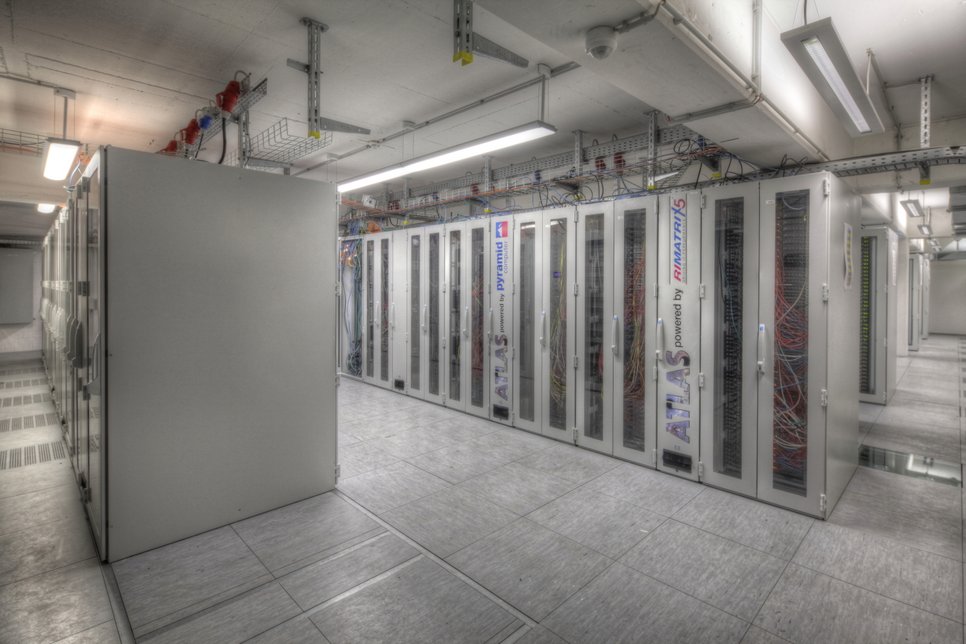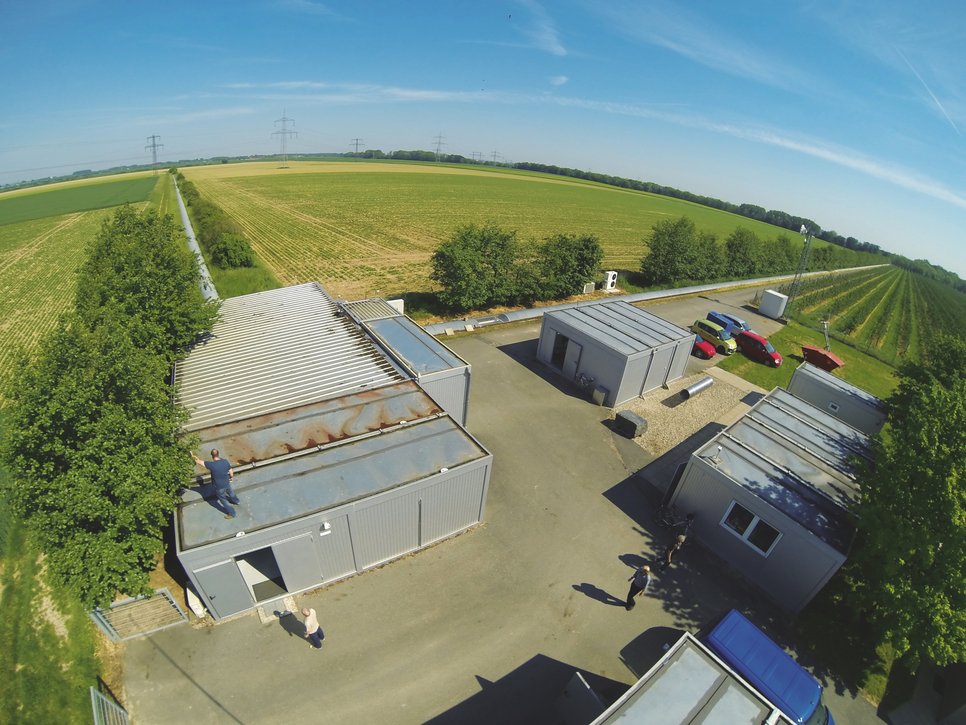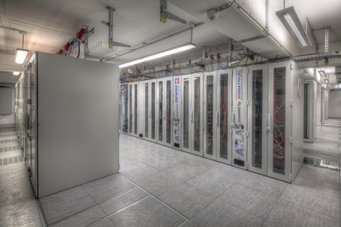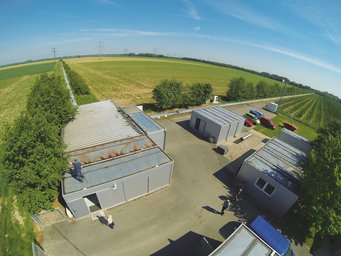Hearing the universe
Scientists from around the world gather in Hannover to discuss current issues and developments
When will the new generation of earthbound gravitational wave detectors go into operation? How is work progressing on the assembly of the most modern lasers in the world? Which cosmic sources will we be able to hear first? Which analytical methods are most suited to sort out the weak signals from the noise caused by the detectors? These are a few of the questions, upon the invitation from the Max Planck Institute for Gravitational Physics (Albert Einstein Institute), that will be discussed from 23 to 27 September 2013 in Hannover within the framework of the international LSC-Virgo Meeting. Around 300 scientists are expected to attend the meeting.
New and efficient data analysis

Fundamental questions are currently focussing on the evaluation of the data that the gravitational wave detectors deliver. In order to achieve efficient and targeted analyses of the data loads from the international gravitational wave observatory network, particularly innovative and effective methods are being developed at the AEI. These have already been introduced into other research fields and have led to the discovery of, for example, new neutron stars.
“The new analysis methods for the discovery of gravitational waves developed at the AEI have already proven their worth,” says Prof. Dr. Bruce Allen, Director at the Max Planck Institute for Gravitational Physics. “We applied the methods to data from various radio and gamma telescopes and thereby discovered unusual new neutron stars which were previously overlooked.”
The AEI also operates Atlas, the world’s biggest computer cluster, which is especially being deployed for gravitational wave data analysis. It is being used by over 600 researchers involved in the LIGO-Virgo scientific collaboration.
The current situation
The AEI and its British partners hold a central position for the next generation of earthbound gravitational wave observatories: To this effect, key technologies have been developed, including the most modern lasers in the world. These have already been installed in the new generation of US detectors (Advanced LIGO) and are currently undergoing rigorous testing. Advanced LIGO is expected to go into operation in 2015 at the latest and shortly thereafter measure the first gravitational waves.
The French-Italian-Dutch Virgo project is also currently being reconverted – to Advanced Virgo.

The German-British GEO600 detector is at present the only gravitational wave observatory in the world that is in operation. In the so-called “Astrowatch mode” it listens in on the depths of space for around two-thirds of the time every week. This means, despite reconversion work in the detector network, that the chances are good for tracking down the gravitational waves of major cosmic events such as supernova explosions.
“The AEI and GEO600 constitute a global think tank for gravitational wave research,” says Prof. Dr. Gabriela González, spokesperson for the LIGO-Virgo Scientific Collaboration and professor at Louisiana State University in the US. “Part of the technology that is right now being built into the gravitational detectors was developed at the AEI. And much of our technology was initially tested in the GEO600 detector. At the AEI, it’s all about a full range of aspects: here, the data analysis from the LIGO detectors and the GEO600 detectors are being worked on, and here is where the technologies of the future are being developed,” continues González.
“We are already setting our sights on the generation-after-the-next of gravitational wave observatories,” says Prof. Dr. Karsten Danzmann, Director at the Max Planck Institute for Gravitational Physics and head of the Institute for Gravitational Physics Leibniz Universität Hannover. “These days we are testing various technologies for even more precise measurements, which will allow us to listen further into space than ever before.”
The Max Planck Institute for Gravitational Physics (Albert Einstein Institute/AEI) is the world’s biggest research institute dedicated to research related to the general theory of relativity. At the two Institute locations, Potsdam and Hannover, research is conducted in astrophysics, theoretical physics, data analysis, mathematics and experimental aspects of detector development. The AEI in Hannover is a collaborative facility of the Max Planck Society and Leibniz Universität Hannover. In cooperation with British partners, the Institute operates the gravitational wave detector GEO600 in Ruthe near Hannover.

